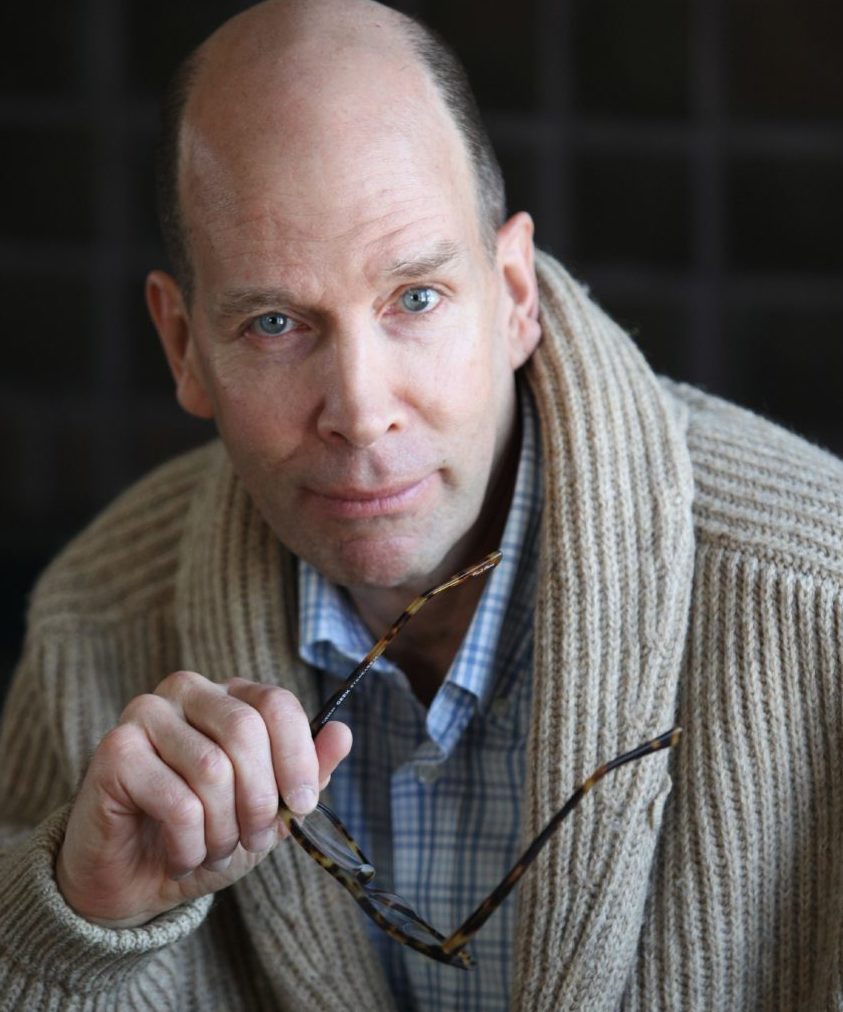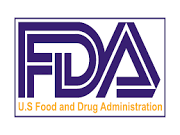
Diagnosed with Cancer? Your two greatest challenges are understanding cancer and understanding possible side effects from chemo and radiation. Knowledge is Power!
Learn about conventional, complementary, and integrative therapies.
Dealing with treatment side effects? Learn about evidence-based therapies to alleviate your symptoms.
Click the orange button to the right to learn more.
- You are here:
- Home »
- Blog »
- side effects ID and prevention »
- Chemotherapy-induced Hypertension (salt)
Chemotherapy-induced Hypertension (salt)

Chemotherapy-induced hypertension happened to me and I didn’t know it. This side effect of my chemotherapy was never discussed, I had never had hypertension before my chemotherapy and I was relatively young at the time.
My reaction to metoprolol compelled me to discontinue this common heart medication and search for evidence-based but non-conventional therapies to manage my long-term and late stage side effects.
The two studies linked an excepted below illustrate how common chemotherapy-induced hypertension is among cancer survivors yet how easy it is to manage without FDA approved medications.
Please don’t misunderstand me. There are many people who benefit from conventional heart medications such as metoprolol. I am simply saying that there is another way to manage chemotherapy-induced hypertension if you want to.
Chemotherapy-induced hypertension refers to the development of high blood pressure as a side effect of chemotherapy, which is a common treatment for cancer. The exact mechanisms underlying chemotherapy-induced hypertension can vary depending on the specific drugs used, but there are some general factors that may contribute to this side effect:
- Vascular damage: Some chemotherapy drugs can cause damage to the blood vessels, leading to inflammation and narrowing of the vessels. This can result in increased resistance to blood flow, leading to elevated blood pressure.
- Fluid retention: Certain chemotherapy drugs may cause the body to retain fluids, leading to an increase in blood volume. This can contribute to higher blood pressure.
- Changes in hormonal balance: Chemotherapy can affect the balance of hormones in the body, including those that regulate blood pressure. For example, some drugs may affect the renin-angiotensin-aldosterone system, which plays a key role in blood pressure regulation.
- Endothelial dysfunction: Chemotherapy-induced damage to the endothelium, the inner lining of blood vessels, can disrupt its normal function. This may result in impaired vasodilation (the widening of blood vessels), contributing to increased blood pressure.
- Sympathetic nervous system activation: Chemotherapy drugs may stimulate the sympathetic nervous system, which controls the “fight or flight” response. This activation can lead to increased heart rate and constriction of blood vessels, both of which can contribute to hypertension.
It’s important to note that not all chemotherapy drugs cause hypertension, and the likelihood of developing this side effect can vary from person to person. Additionally, the severity of hypertension can vary, ranging from mild to more severe cases.
Do you have chemotherapy-induced hypertension? Would you like to lower your blood pressure without taking conventional BP meds?
Let me know David.PeopleBeatingCancer@gmail.com
David Emerson
- Cancer Survivor
- Cancer Coach
- Director PeopleBeatingCancer
Cutting 1 teaspoon of salt works as well as blood pressure meds, study finds
“Cutting 1 teaspoon of salt from your diet each day can lower your top blood pressure reading just as much as a typical hypertension medication, even if you don’t have high blood pressure, a new study found…
“This is the first study to show that people who are already on blood pressure medication can lower their blood pressure even more by limiting sodium…”
“And regardless of medication, we found 70% to 75% of people are likely to see a reduction in their blood pressure if they lower the sodium in their diet…”
Yet hypertension affects 1 in 3 adults worldwide and can lead to heart attack, heart failure, kidney damage and stroke, according to a 2023 report by the World Health Organization…
Nearly half of all Americans live with high blood pressure, according to the American Heart Association. About a third of those have “resistant” hypertension, high blood pressure that has not responded despite the concurrent use of three types of medications. A 2021 study found men ages 20 to 49 are up to 70% more likely to have uncontrolled hypertension than women of the same age.
“Most people today eat way too much salt because it’s added into nearly everything we eat…”
The drop in blood pressure while on the low-sodium diet was quick and dramatic, according to the study. Compared to the high-sodium diet, blood pressure on the extremely low-salt diet dropped 8 millimeters of mercury…
“When you go from a high-salt diet to a low-salt diet, everything tastes bland,” she said. “I want to encourage people to stick with it because your taste buds do adjust within a couple of weeks or so, and you really do get taste and flavor back and normal things will taste very salty.
“Taste bud adjustment takes a little bit longer, but the blood pressure improvements are pretty quick,” she added…
Blood pressure medications, however, can have many side effects, including cough, constipation or diarrhea, dizziness, lack of energy, headache, muscle pain, nausea, nervousness, fatigue, weight gain or loss, and erection issues…
Overcoming cravings for salt
Putting down the saltshaker is a good start, “but that’s not where most people get their salt,” Freeman said.
“It’s in foods you’d not expect to have a lot of salt: A couple of slices of bread could have 400 or 500 milligrams of salt; a pickle has a full day’s worth of salt; and a bowl of soup could have several days’ worth of salt in it,” he said…
Cancer Therapy–Related Hypertension: A Scientific Statement From the American Heart Association
“One of the most common side effects of these drugs (chemotherapy) is hypertension, especially in patients treated with
- vascular endothelial growth factor inhibitors,
- as well as tyrosine kinase inhibitors and
- proteasome inhibitors.
Adjunctive therapy, including corticosteroids, calcineurin inhibitors, and nonsteroidal anti-inflammatories, as well as anti-androgen hormone therapy for prostate cancer, may further increase blood pressure in these patients. Cancer therapy–induced hypertension is often dose limiting, increases cardiovascular mortality in cancer survivors, and is usually reversible after interruption or discontinuation of treatment…
Diagnosis, management, and follow-up of cancer therapy–induced hypertension follow national hypertension guidelines because evidence-based clinical trials specifically addressing patients who develop hypertension as a result of cancer therapy are currently lacking…
Rigorous baseline assessment of patients before therapy is started requires particular emphasis on assessing and treating cardiovascular risk factors. Hypertension management follows guidelines for the general population, although special attention should be given to rebound hypotension after termination of cancer therapy…”


